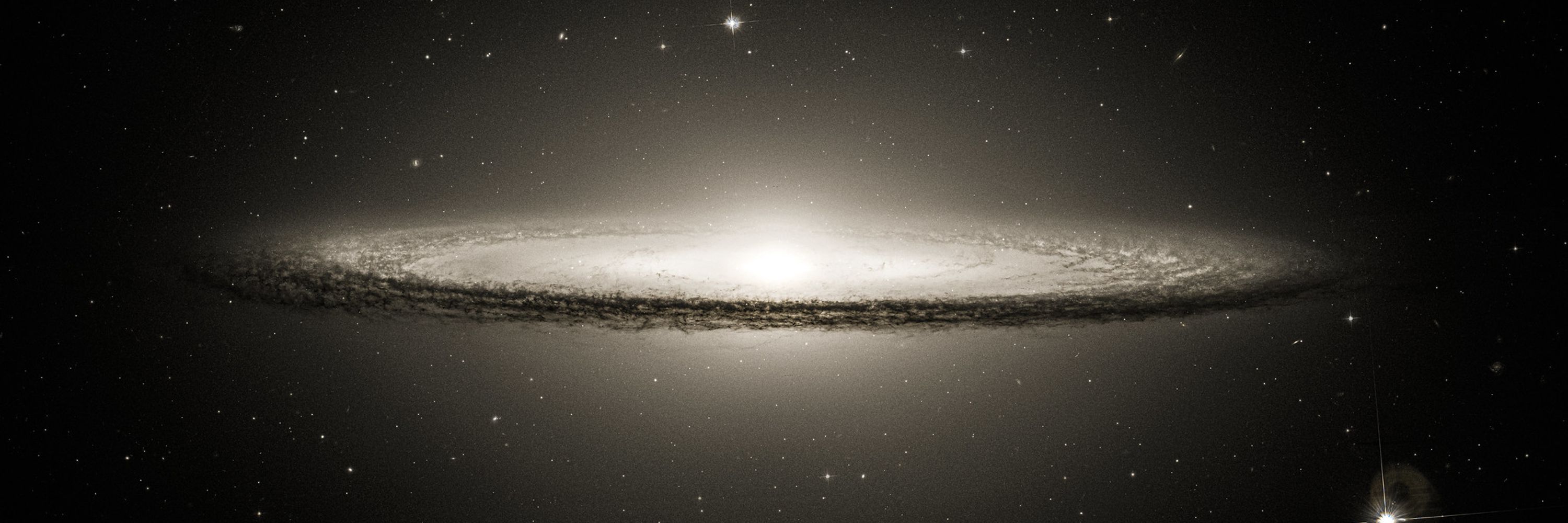Hourly Cosmos
@hourlycosmos.bsky.social
9.3K followers
13 following
5.8K posts
Photo sharing bot for planetary and deep space images.
Run by @kevinmgill.bsky.social
Content providers added with permission.
Posts
Media
Videos
Starter Packs

























